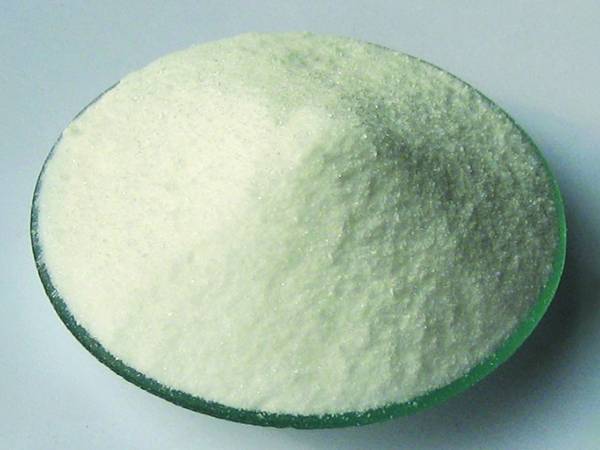



sodium bisulfate solution
Understanding Sodium Bisulfate Solution Applications and Benefits
Sodium bisulfate, or sodium hydrogen sulfate, is an important chemical compound frequently used in various industries and laboratories. Its formulation is represented as NaHSO4. When dissolved in water, sodium bisulfate forms an acidic solution, making it beneficial for a wide range of applications due to its effective acidifying properties.
Chemical Properties
Sodium bisulfate is often found in the form of a white, crystalline powder, which is highly soluble in water. The solution demonstrates acidic characteristics with a pH that typically falls within the range of 1 to 2, depending on the concentration. This strong acidity makes sodium bisulfate a vital player in processes that require pH regulation. Additionally, it acts as a dehydrating agent and contributes to various chemical reactions in a controlled manner.
Industrial Applications
One of the primary applications of sodium bisulfate solution is in the cleaning and preparation of surfaces, particularly in the metal and construction industries. It is often used in the descaling of metals, effectively removing rust and mineral deposits. This property is essential for ensuring that metal surfaces are clean and ready for further processing, such as plating or welding.
In the textile industry, sodium bisulfate is employed for dyeing and printing processes where maintaining an acidic environment is crucial. The compound helps in fixing the dyes to fabrics, resulting in vibrant colors and improved quality of the textiles produced. Its effectiveness in promoting dye uptake also reduces the amount of dye wasted, making the dyeing process more efficient and environmentally friendly.
Furthermore, sodium bisulfate is utilized in the formulation of pool products. It serves as a pH reducer or acidifier, which is necessary for maintaining optimal water chemistry in swimming pools. A balanced pH level is essential for comfortable swimming conditions and safe water quality. Using sodium bisulfate in pool maintenance helps to prevent corrosion of metal components and minimizes the irritation of swimmers' skin and eyes caused by imbalanced pH levels.
sodium bisulfate solution

Laboratory Uses
In a laboratory setting, sodium bisulfate is a common reagent used for various analytical procedures. It is often employed in the titration processes as a standard acidic solution. Additionally, its ability to act as a dehydrating agent makes it useful in specific chemical syntheses where removal of water is crucial.
Another significant role of sodium bisulfate in laboratories is its application as a preservative for certain biological samples. By maintaining an acidic environment, it can help prevent the growth of bacteria and fungi, ensuring that samples remain viable for analysis.
Safety and Handling
While sodium bisulfate is a versatile and useful chemical, it is essential to handle it with care. Protective equipment, such as gloves and goggles, should always be worn when working with sodium bisulfate solutions to prevent irritation or damage to skin and eyes. Additionally, care should be taken to ensure proper ventilation, as dust from the powder form can be harmful if inhaled.
Conclusion
In conclusion, sodium bisulfate solution is an invaluable chemical used across various sectors for its acidic properties and effectiveness in cleaning, dyeing, pH regulation, and laboratory processes. Its broad range of applications signifies its importance in both industrial practices and scientific research, making it a compound worthy of recognition and understanding in today’s chemical landscape. As industries continue to evolve, the role of sodium bisulfate will likely expand, hence enhancing its significance further.
-
Why Sodium Persulfate Is Everywhere NowNewsJul.07,2025
-
Why Polyacrylamide Is in High DemandNewsJul.07,2025
-
Understanding Paint Chemicals and Their ApplicationsNewsJul.07,2025
-
Smart Use Of Mining ChemicalsNewsJul.07,2025
-
Practical Uses of Potassium MonopersulfateNewsJul.07,2025
-
Agrochemicals In Real FarmingNewsJul.07,2025
-
Sodium Chlorite Hot UsesNewsJul.01,2025










